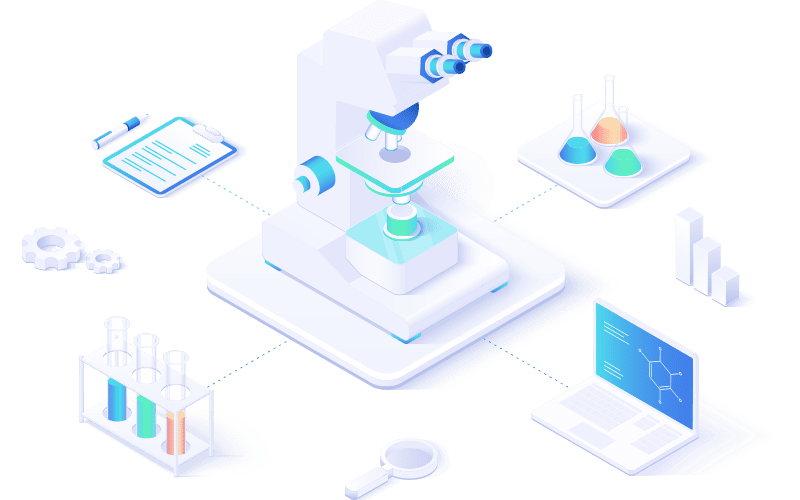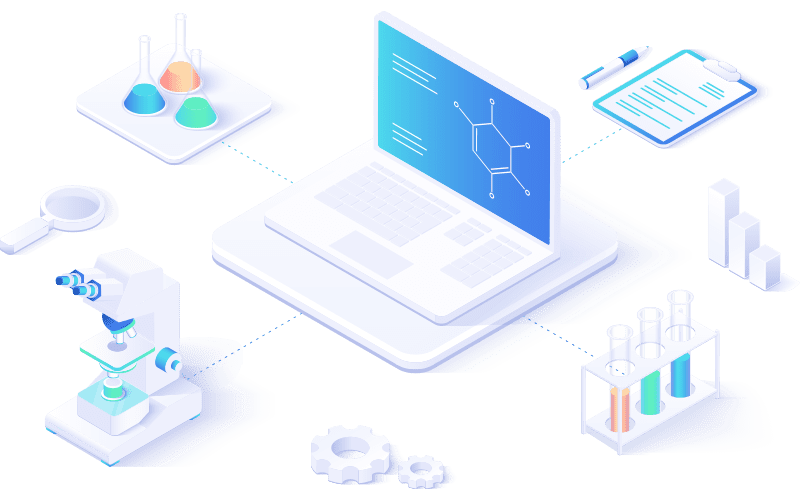
When environmental disasters strike, laboratories are among the first and most vital lines of defense. From chemical spills and oil leaks to train derailments and industrial accidents, environmental disaster response labs play a crucial role in assessing damage, guiding cleanup efforts, and protecting public health. These specialized labs operate at the intersection of emergency response and science, providing rapid, accurate data that decision-makers rely on during high-stakes situations.
What Are Environmental Disaster Response Labs?
Environmental disaster response labs are equipped to analyze air, water, soil, and biological samples in the wake of ecological catastrophes. Their role is to identify hazardous substances, quantify contamination levels, and support regulatory compliance and remediation efforts. These labs may be operated by government agencies, private companies, or third-party contractors, and are often mobilized alongside first responders and environmental engineers.
Why Environmental Testing Is Critical During Disasters
Disasters can release a variety of toxic substances into the environment—many of which are invisible and pose serious long-term risks. Labs provide the data needed to:
- Determine the extent of contamination
- Monitor ongoing exposure risks to humans and wildlife
- Guide containment and cleanup strategies
- Support litigation, insurance, and regulatory reporting
- Ensure compliance with EPA, OSHA, and other agencies
Real-World Examples of Environmental Disaster Response Labs in Action
1. The East Palestine, Ohio Train Derailment (2023)
In February 2023, a Norfolk Southern freight train carrying hazardous chemicals derailed in East Palestine, Ohio, igniting fires and releasing toxic substances like vinyl chloride, butyl acrylate, and ethylhexyl acrylate. Residents were evacuated, and fears about long-term health effects and environmental damage swept the nation.
Environmental response labs were deployed within hours to test air quality, groundwater, and soil. Using gas chromatography, mass spectrometry, and PCR testing for biological indicators, labs provided critical data on chemical dispersion and bioavailability. This data informed public health advisories and supported regulatory decisions by the EPA and state agencies. Labs also conducted long-term monitoring to evaluate residual contamination in wells and nearby streams.
2. The Deepwater Horizon Oil Spill (BP Oil Spill, 2010)
One of the most devastating environmental disasters in history, the Deepwater Horizon oil rig explosion released over 200 million gallons of crude oil into the Gulf of Mexico. The ecological and economic damage spanned coastlines, marine ecosystems, and fishing industries for years.
Environmental testing labs were instrumental in tracking the extent of contamination across marine water, sediment, and biological tissues. Labs used hydrocarbon fingerprinting techniques, spectrophotometry, and chromatography to identify oil components and differentiate them from other sources. They also played a vital role in toxicity testing for marine organisms, evaluating dispersant chemicals, and supporting litigation and policy reform. Without lab-driven data, efforts to assess damage and guide clean-up would have been severely limited.
3. Kingston Fossil Plant Coal Ash Spill (2008)
In December 2008, over 1 billion gallons of coal ash slurry were released into the Emory and Clinch Rivers in Tennessee after a containment dike at the Kingston Fossil Plant failed. The slurry contained toxic heavy metals like arsenic, mercury, and lead, threatening drinking water supplies and ecosystems.
Environmental response labs were immediately engaged to assess the impact of the spill. Water and sediment samples were tested using atomic absorption spectroscopy, ICP-MS (Inductively Coupled Plasma Mass Spectrometry), and X-ray fluorescence. These tests revealed significant spikes in heavy metal concentrations and informed a multiyear remediation plan involving the EPA and the Tennessee Valley Authority (TVA). Labs also helped model the contaminant spread and evaluate the effectiveness of clean-up measures over time.
How LIMS Enhances Environmental Disaster Response
In the chaos of a disaster, speed and accuracy are everything. A Laboratory Information Management System (LIMS) helps response labs operate at peak efficiency by:
- Automating sample tracking and chain-of-custody
- Standardizing test methods across lab teams and mobile units
- Generating real-time dashboards and compliance-ready reports
- Providing instant access to historical data for comparison
- Ensuring accuracy, traceability, and regulatory alignment
The LabLynx LIMS Suite for Environmental Disaster Response
The LabLynx LIMS Suite is designed to meet the fast-paced, high-stakes needs of environmental disaster response labs. Whether operating from a central facility or a mobile field lab, LabLynx provides secure, cloud-based access to critical tools that streamline sampling, testing, analysis, and reporting.
With support for multi-agency collaboration, GIS mapping integration, and advanced analytics, LabLynx empowers labs to respond rapidly and deliver actionable insights when communities need them most.
Schedule a demo to learn how LabLynx can help your team deliver faster, smarter responses during environmental emergencies.
Conclusion: Data Is the First Line of Defense
Environmental disaster response labs serve as the scientific nerve center during emergencies. They turn chaos into clarity with real-time data that guides life-saving decisions. From train crashes to oil spills, these labs are essential to protecting communities, restoring ecosystems, and holding responsible parties accountable. With the right technology—like the LabLynx LIMS Suite—labs can respond with speed, precision, and impact when it matters most.
Accelerate Your Lab's Success & Experience LabLynx
"*" indicates required fields
Explore the LabLynx Suites

LIMS Suite
Seamless Sample and Workflow Management
The LabLynx LIMS Suite empowers laboratories with the tools needed to manage samples, workflows, compliance, and more in one centralized system. It’s the backbone for labs seeking efficient, reliable, and scalable management solutions.

ELN Suite
The LabLynx ELN Suite offers a modern approach to managing lab data and experiments. With its secure, intuitive platform, your team can record, store, and collaborate effortlessly, supporting innovation every step of the way.

Lab Automation
Automate for Efficiency and Growth
Streamline operations and boost productivity with the LabLynx Lab Automation Suite. Designed for labs ready to embrace advanced automation, this suite integrates systems, instruments, and workflows to deliver efficiency at scale.
